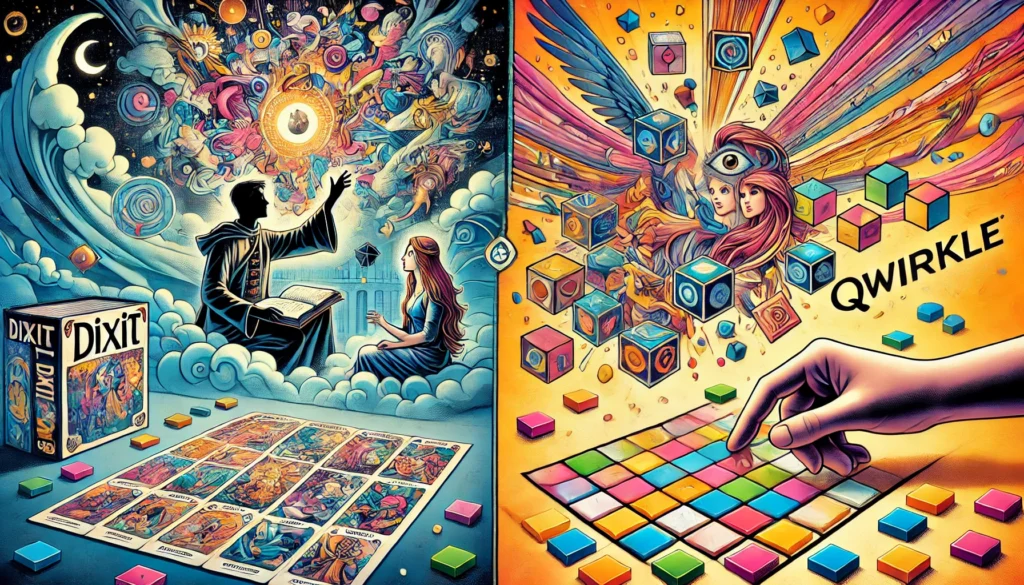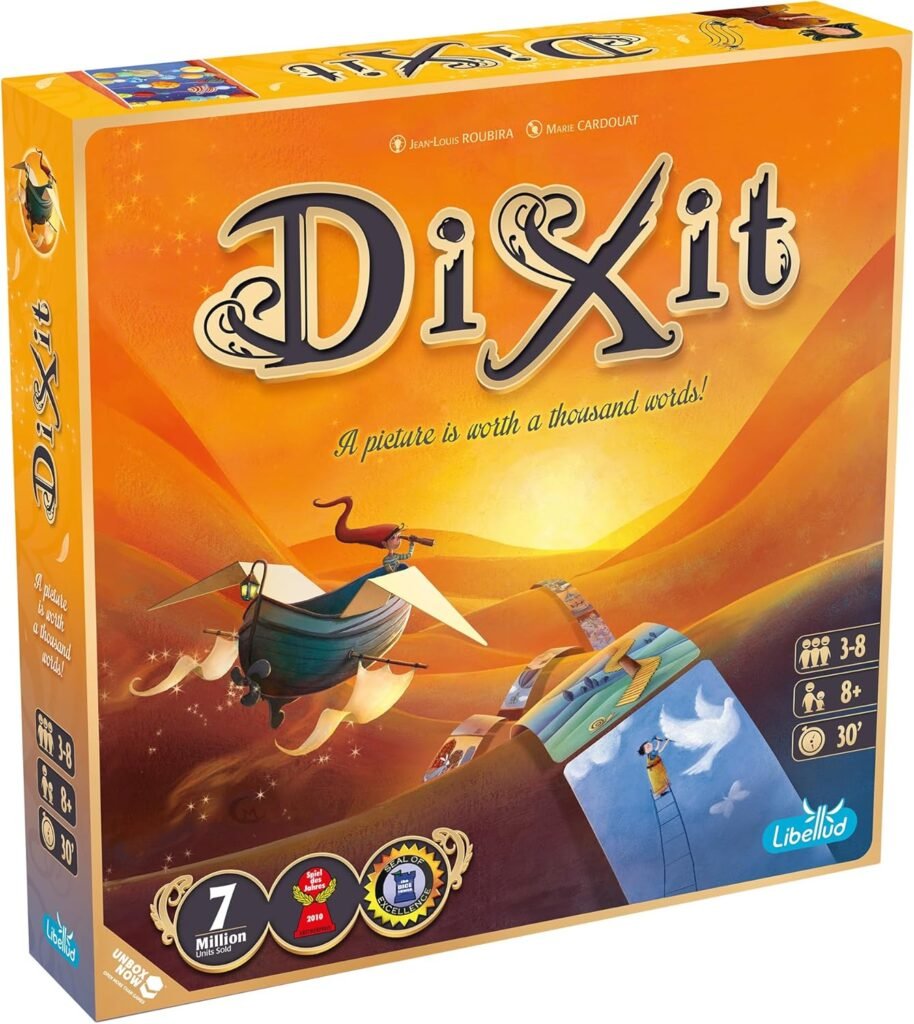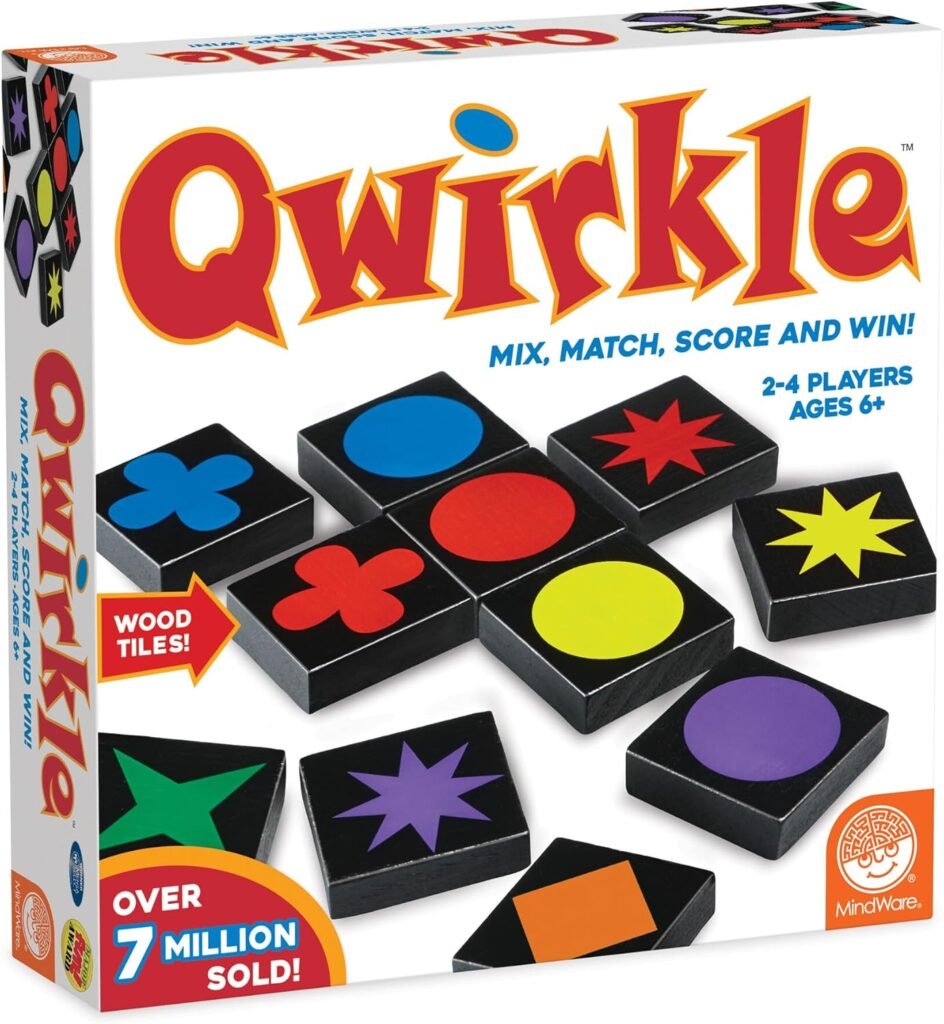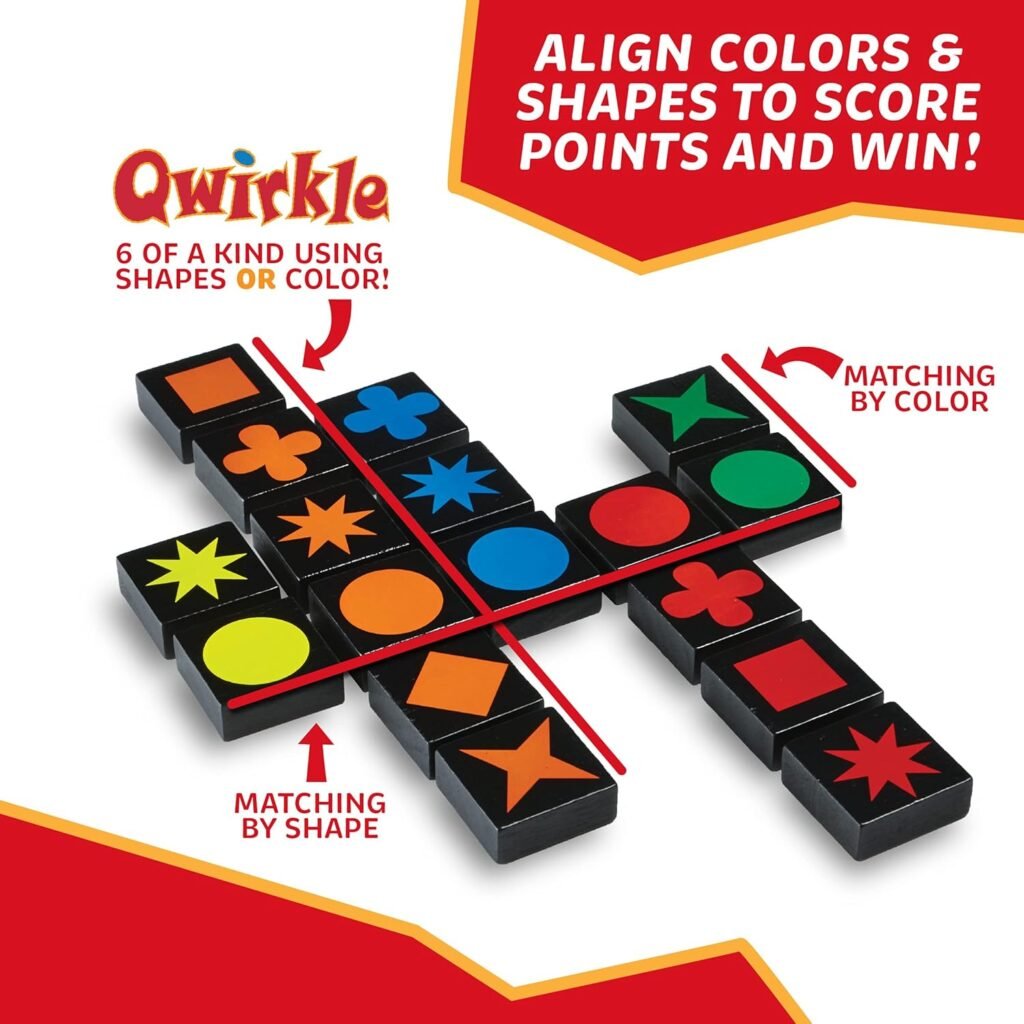
Introduction to German-Style Board Games
So, you’ve found yourself diving into the world of German-style board games, huh? Welcome to the club! It’s a delightful world where strategy meets creativity, and every game night becomes a mini adventure. Let me set the scene for you: imagine a bunch of folks sitting around a table, fiercely debating the best move, or bursting into laughter because someone just threw out a wild card. Sounds fun, right?
Now, before you start thinking, “Great, another hobby to drain my wallet,” let me tell you—these games are totally worth it. They’ve got that unique blend of simplicity and depth that keeps you coming back for more. And today, we’re pitting two titans against each other: Dixit and Qwirkle. If you’re a fan of games where your mind does the heavy lifting, you’re in for a treat.
Dixit, with its dreamy, surreal art and story-telling aspect, feels like taking a stroll through a quirky art gallery where you’re the guide. It’s perfect for those nights when you want to flex those creative muscles or, you know, confuse the heck out of your friends with abstract clues.
On the flip side, we have Qwirkle. It’s all about shapes, colors, and tactical brainpower. Think of it as a cross between Scrabble and dominos, but without the need for a dictionary or endless debates about what counts as a word. It’s straightforward yet challenging, and let’s face it, who doesn’t love a game that makes you feel like a genius when you nail that perfect move?
Ready to jump into the nitty-gritty? Let’s break down what makes each game tick and see which one might just become your new game night favorite.
Gameplay Mechanics: A Duel Between Dixit and Qwirkle
So, let’s talk about how these games play out on your game table. First up, Dixit. Imagine this: you’re staring at a beautifully illustrated card, trying to come up with a clue that’s just vague enough to stump some players but clear enough to guide others. It’s like playing charades, but with your brain doing yoga. Everyone tosses in their best guess, and you’re left both amazed and puzzled by how differently everyone’s minds work. Trust me, you’ll learn a lot about your friends’ imagination—or lack thereof!
Now, let’s switch gears to Qwirkle. If you’ve ever organized a sock drawer by color and size and found it oddly satisfying, then Qwirkle is your jam. It’s all about lining up tiles with matching colors and shapes, and racking up points for making the longest possible rows. It’s straightforward but oh-so-satisfying when you place that one tile that completes multiple lines at once. Cue the mental high-five! But don’t get too cocky, because just when you think you’ve nailed it, someone else swoops in with an even better move.
Both games have their charm. Dixit is like a cozy night in with a good book, engaging your creativity and storytelling skills. Qwirkle, on the other hand, feels like solving a complex puzzle, giving your brain a good workout. The kicker? Each game scratches a different itch, so it really comes down to what mood you’re in.
So, game night warriors, where do you land? Are you a Dixit dreamer or a Qwirkle strategist? Or perhaps a bit of both? Drop your thoughts below, and let’s get this game night debate rolling!

Dixit’s Advantages
Okay, let’s get into why Dixit is so awesome. First off, those cards! Have you seen them? It’s like someone took a detour through an art school and came back with a stack of mind-blowing illustrations. Each card is a tiny masterpiece that makes you go, “Wait, what am I even looking at?” But in a good way! It’s perfect for sparking the kind of weird, creative thinking that makes you appreciate your friends’ bizarre imaginations.
One of the best things about Dixit is how it brings out everyone’s inner storyteller. It’s like you’re suddenly the director of a mini film festival featuring the wackiest plots you never knew you had in you. And let me tell you, the laughs that come from trying to figure out your friends’ abstract clues? Priceless. It’s like you’ve all collectively entered a surreal dreamscape where logic takes a backseat and creativity rides shotgun.
Another fantastic point is how Dixit is a great equalizer. You don’t have to be a board game aficionado to dive in and have fun. Unlike some strategy-heavy games that can scare off newbies faster than you can say “hexagonal tiles,” Dixit’s rules are easy to grasp. You can have Grandma, your artsy friend, and that one cousin who always zones out in Monopoly all playing together and having a blast.
Oh, and did I mention the replay value? Since the game is heavily reliant on individual creativity and imagination, no two rounds are ever the same. It’s like a new adventure every time you play. Trust me, you won’t get bored flipping through those cards anytime soon.
Dixit’s Drawbacks
Alright, time to air some dirty laundry on Dixit. As much as I adore this game, it does have a few quirks that can leave you scratching your head. First off, while the whimsical art is a major draw, sometimes it’s just a tad too abstract. You’ll find yourself staring at a card, trying to come up with a clue, and all you can think is, “Seriously, what even is this?” It’s like trying to interpret modern art after one too many glasses of wine.
And let’s talk about scoring. Oh boy, the scoring system. It’s like trying to solve a riddle wrapped in an enigma. If you’re playing with people who like their rules clear-cut and straightforward, you might run into a bit of a snag. Some folks might even argue about how “close” a guess needs to be to the clue, and before you know it, you’re in a heated debate over a flying cat on a teapot.
Then there’s the issue of group dynamics. Dixit shines with the right crowd, but if you’ve got a bunch of pragmatic, no-nonsense types, the game can fall flat. It’s definitely not for those who think in black and white—literally and figuratively. And if your group isn’t the chattiest, well, those storytelling elements might feel like pulling teeth.
Lastly, the player count can be a bit limiting. While it’s great for small to medium-sized groups, try fitting more than six players around the table, and you’re looking at chaos. It’s like herding cats, but the cats are your friends, and they all have different interpretations of what a “clue” should be. So yeah, as much as I love Dixit, it’s not without its challenges.

Qwirkle’s Strengths
Alright, let’s dive into why Qwirkle has earned its place on the game night shelf. First and foremost, simplicity. You don’t need a Ph.D. in game theory to get this one rolling. Just match colors and shapes, and you’re good to go. It’s like Kindergarten, but with more strategy and less nap time. The straightforward rules mean you can jump right in without spending an hour reading a rulebook that feels like it was written in another language.
Now, let’s talk about that oh-so-satisfying moment when you slam down a tile and complete a whole bunch of lines at once. Cue the applause, because you’re basically a game night hero. The tactical depth is just enough to keep you engaged without making your brain feel like it’s been through a blender. Plus, the more you play, the more you start seeing those sneaky opportunities for extra points. It’s like your brain gets a workout, but the fun kind where you don’t even realize you’re sweating.
And can we talk about the components? Those chunky tiles feel great in your hands, and there’s something oddly satisfying about the clack they make when you place them down. It’s the little things, folks. Plus, Qwirkle is super inclusive. Whether you’re playing with your grandma or your kid, everyone can join in and have a blast. It’s the game that keeps on giving, making it perfect for mixed-age groups and those who aren’t hardcore gamers.
In a nutshell, Qwirkle hits that sweet spot of being easy to learn but tough to master. What’s not to love?

Qwirkle’s Weaknesses
Alright, so Qwirkle isn’t all rainbows and perfect tile placements. Let’s get into the nitty-gritty, shall we? First up, the luck of the draw. Sometimes, no matter how many genius strategies you’ve cooked up in your brain, you’re just stuck with a bunch of tiles that couldn’t be less helpful. It’s like trying to play Tetris with all the wrong pieces and no place to put them. Talk about frustrating.
Then there’s the pacing. Early in the game, it’s all excitement and big moves, but as the board fills up, the game can slow to a crawl. You end up spending more time scratching your head, trying to figure out where to put that one lousy tile, than actually playing. It’s like being stuck in traffic when you were cruising just a minute ago.
And let’s not forget about the analysis paralysis. If you’ve got a friend who likes to ponder every possible move like they’re planning a chess grandmaster tournament, be prepared for some long, long turns. It’s enough to make you wish you had a fast-forward button.
Lastly, while Qwirkle is great for mixed-age groups, if you’re playing with hardcore gamers, they might find it a bit too simplistic. It’s kind of like serving mac and cheese at a five-star restaurant. Comforting? Yes. Gourmet? Not exactly.
But hey, every game has its hiccups, right?

Which Game Takes the Crown?
Alright folks, after countless game nights and way too many snack breaks, it’s time to crown a winner. Drumroll, please! And the slight edge goes to… *Dixit*! Yeah, I know, Qwirkle fans are probably clutching their tiles in disbelief, but hear me out.
Dixit takes the top spot by a hair because of its sheer creativity and replayability. Each game is a fresh canvas where your imagination runs wild, and no two sessions ever feel the same. Sure, the scoring system might be as confusing as a Rubik’s cube with extra colors, but the laughter and bizarre stories more than make up for it.
Qwirkle, don’t get me wrong, you’re still a gem. Your straightforward rules and satisfying tile placements make you a staple on any game night. But sometimes, you just need that extra spark of whimsy to elevate the experience, and Dixit delivers that in spades.
So, what do you think? Are you Team Dixit, basking in the glow of artistic chaos, or Team Qwirkle, reveling in strategic tile-laying perfection? Or maybe you’re like me and find room in your heart for both? Hit me up in the comments!
Which game do you prefer and why? How do you balance strategy and creativity in board games? And here’s a fun one: What’s the weirdest clue or tile placement you’ve ever seen? Let’s get this debate rolling!
Reader Questions
Alright, my fellow game night warriors, now it’s your turn to weigh in! Which game steals the spotlight for you: the imaginative wonderland of Dixit or the strategic battleground of Qwirkle? Have you ever found yourself baffled by a Dixit card or stuck with the worst possible tiles in Qwirkle? And for those of you who’ve played both, how do you decide which one to pull out on game night?
I’m also curious—what’s the craziest clue you’ve ever come up with in Dixit? Did it leave your friends scratching their heads or rolling on the floor laughing? And Qwirkle fans, what’s the most epic tile placement that had everyone cheering (or groaning in defeat)?
Let’s get the conversation going in the comments! Do you prefer games that challenge your creativity or those that test your tactical prowess? And here’s a fun one: If you could mash up Dixit and Qwirkle into one game, what would it look like? I can’t wait to hear your thoughts and stories. Game on!
